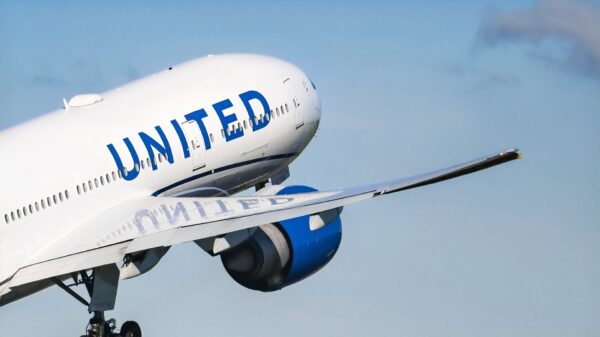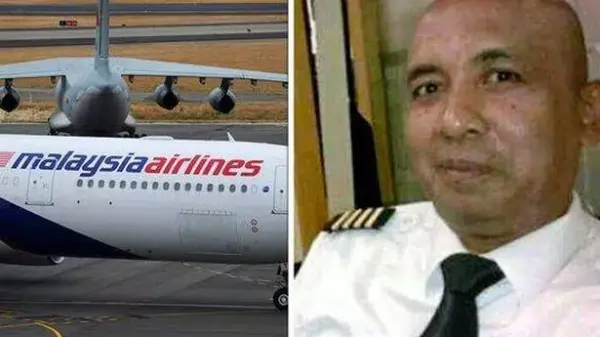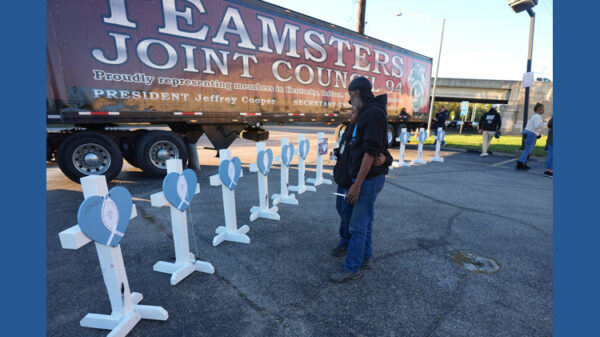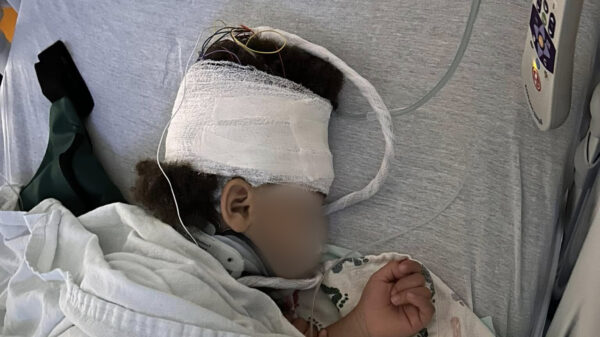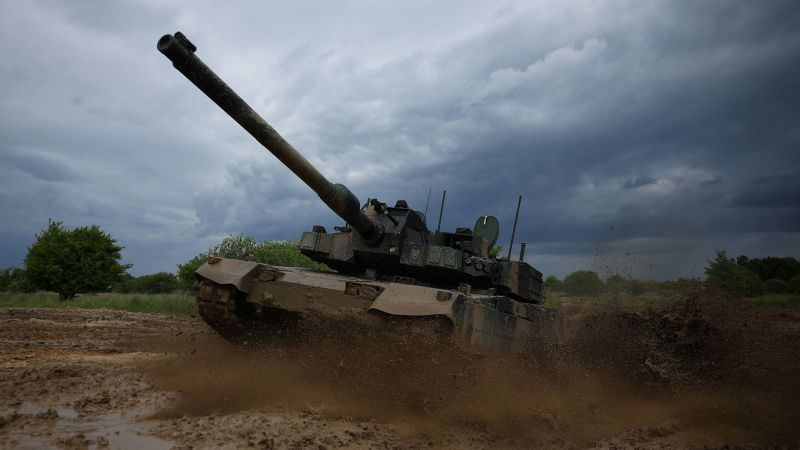Poland has finalised a significant arms deal with South Korea, acquiring a second batch of 180 K2 tanks for approximately $6.7 billion. This agreement is part of a broader framework established in 2022, which will eventually see Warsaw bolster its military capabilities with nearly 1,000 of these advanced armored vehicles. As tensions escalate in the region due to Russia’s ongoing aggression toward Ukraine, Poland is positioning itself as a key military player in Europe.
The Polish Defense Ministry announced the deal via the social media platform X earlier this month. The agreement still requires formal signing but signifies Poland’s commitment to enhancing its military presence, particularly as it shares a border with Ukraine, where Russian military actions have intensified. The proximity of conflict has heightened Poland’s defense readiness, with ongoing drone attacks in Ukraine prompting precautionary measures, including the scrambling of fighter jets in Warsaw.
Strengthening Military Ties and Capabilities
The new contract includes not only the purchase of K2 main battle tanks but also 80 support vehicles, ammunition, and logistics and training packages for the Polish Army. According to South Korea’s Defense Acquisition Program Administration (DAPA), the deal will see a portion of the tanks produced in Poland, with 60 units of the 180 being manufactured locally as the K2PL variant. The first 30 tanks from South Korea are anticipated to arrive in Poland in 2024.
This latest deal builds on a previous agreement in which Poland secured 180 K2 tanks, most of which have already been delivered. In total, the 2022 framework included 980 K2 tanks, 648 K9 self-propelled howitzers, and 48 FA-50 fighter jets. The Polish Defense Ministry indicated that these modern vehicles are intended, in part, to replace older Soviet-era tanks that have been donated to Ukraine to aid in its defense against Russian forces.
Poland’s military support for Ukraine has been substantial, with reports indicating that it has supplied over 300 tanks and more than 350 infantry fighting vehicles and armored personnel carriers. As the conflict continues, Poland has increased its defense spending significantly, from 2.7% of GDP in 2022 to an expected 4.7% by 2025, making it the NATO ally with the highest percentage of GDP allocated to defense.
South Korea’s Growing Role in Global Arms Trade
South Korea’s emergence as a major arms supplier is noteworthy, particularly as it becomes the world’s 10th-largest arms exporter in the past five years. According to the Stockholm International Peace Research Institute (SIPRI), Poland has accounted for 46% of South Korea’s military exports during this period. The increasing demand for arms from South Korea arises as the United States faces depleted stockpiles due to ongoing military aid to allies in regions like Ukraine and Israel.
A report from the Stimson Center suggests that South Korea’s arms industry may play a crucial role in supporting U.S. allies in the future. The report highlights the enhanced capacity of South Korea’s defense industrial base, particularly in arms and shipbuilding sectors. Already, contracts for the maintenance of U.S. Navy supply ships have been awarded to South Korean shipyards, addressing delays faced in U.S. facilities.
Despite the robust arms acquisition strategy, experts caution about the financing of Poland’s military buildup. A May report from the RAND Corporation noted that many of Poland’s purchases are financed through direct loans from supplying countries. The feasibility of securing these loans may become a challenge, potentially complicating the transition from framework agreements to binding contracts. Additionally, Poland is expected to face recruitment challenges, needing to increase its troop strength by nearly 50% within the next decade.
As Poland continues to strengthen its military capabilities and solidify its role as a European defense power, its partnership with South Korea highlights a significant shift in global arms dynamics. The ongoing conflict in Ukraine serves as a backdrop for these developments, underscoring the urgent need for enhanced military readiness in the face of regional threats.






